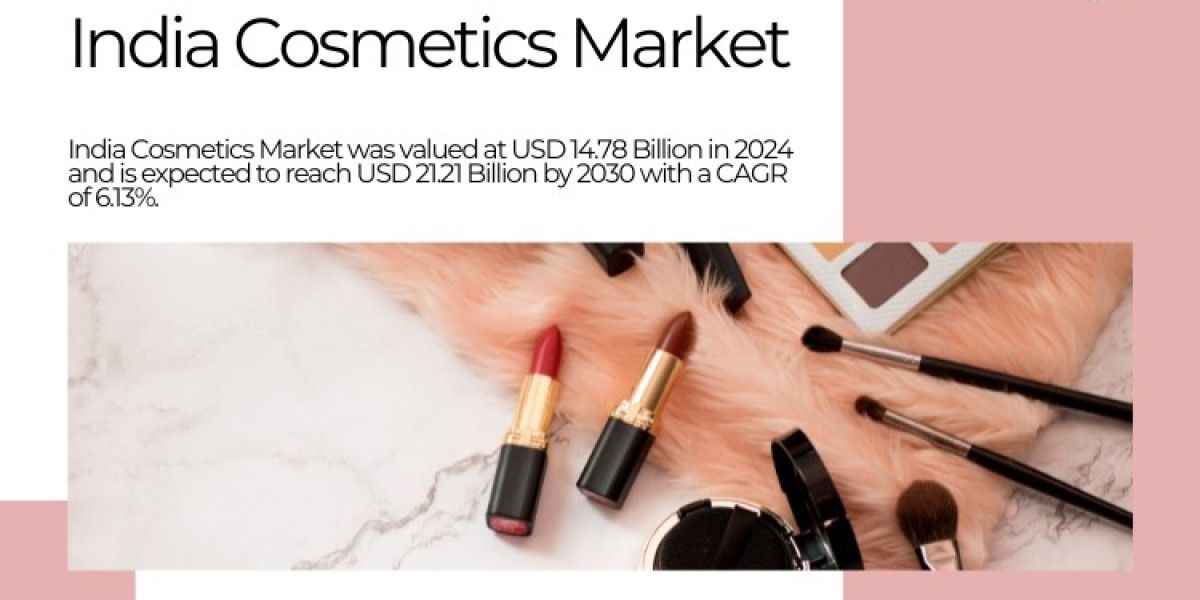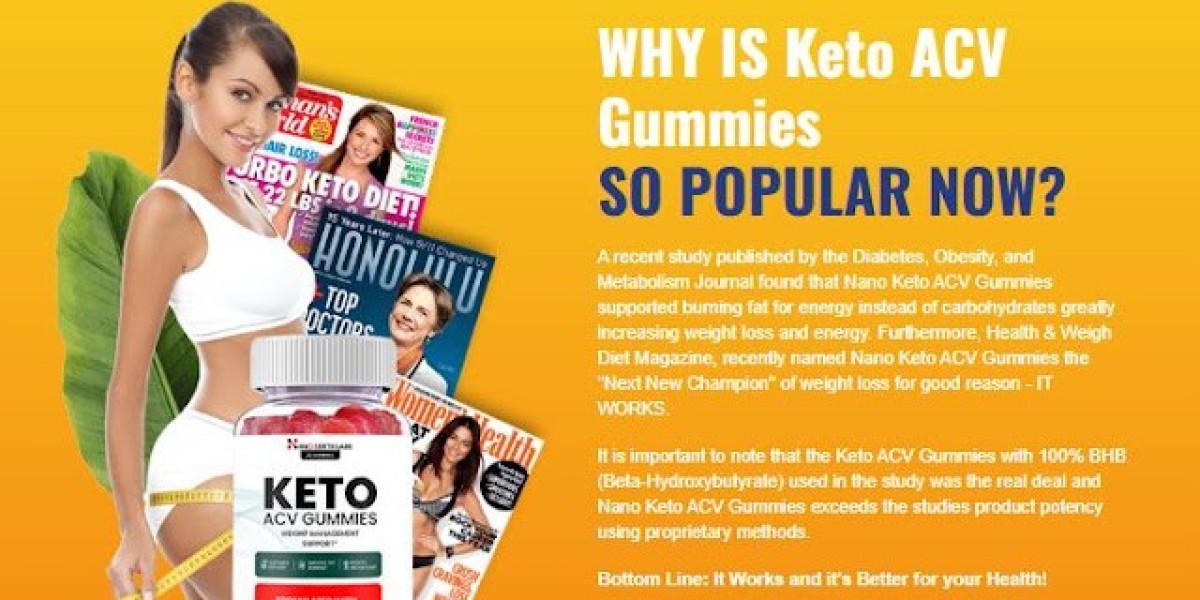Market Overview
According to TechSci Research report, “India Cosmetics Market – By Region, Forecast & Opportunities, 2030F”, the India Cosmetics Market was valued at USD 14.78 Billion in 2024 and is projected to reach USD 21.21 Billion by 2030, expanding at a CAGR of 6.13% during the forecast period.
India’s cosmetics industry is undergoing a transformation, fueled by rising income levels, evolving beauty standards, and a growing appetite for premium, clean, and customized products. A youthful population, widespread digital access, and global exposure to beauty trends are redefining the landscape, with Millennials and Gen Z consumers setting new benchmarks in consumption behavior.
From skincare and haircare to color cosmetics and body care, Indian consumers are shifting toward holistic self-care routines—seeking not just aesthetics, but also health, sustainability, and ingredient transparency. As international and domestic brands compete for loyalty, personalization, inclusivity, and e-commerce innovation have become core market differentiators.
Download Free Sample Report - https://www.techsciresearch.com/sample-report.aspx?cid=7222
Key Market Drivers
1. Rising Disposable Incomes and Urbanization
An expanding middle class and increasing urban migration have elevated consumer purchasing power. Tier I and II cities are witnessing strong demand for premium cosmetics, especially in categories like dermaceutical skincare, anti-aging, and professional hair care.
2. Digitally-Driven Consumer Behavior
The rise of platforms like Nykaa, Amazon, Flipkart, and Purplle has revolutionized cosmetics retail. Consumers now enjoy a wider range of brands, product transparency, peer reviews, and online consultations, which drive informed and impulse purchases alike.
3. Influencer & Celebrity Endorsements
Beauty influencers, dermatologists, and celebrities play a pivotal role in shaping preferences. Real-time product trials, tutorials, and reviews on platforms like Instagram, YouTube, and Snapchat fuel brand visibility and trust, especially among younger users.
4. Shift Toward Sustainable & Ethical Beauty
There is growing demand for organic, vegan, cruelty-free, and eco-conscious cosmetics. Brands like Mamaearth, Plum, Just Herbs, The Body Shop, and Forest Essentials are leading this shift with clean formulations and recyclable packaging.
5. Rise of Male Grooming and Gender-Inclusive Products
Men are increasingly investing in grooming routines, and brands are launching gender-neutral product lines. This has widened the consumer base and diversified demand in skincare, haircare, and even makeup.
Market Segmentation
By Product Type
Body Care emerged as the largest segment in 2023, driven by:
Rising awareness of skin hydration, exfoliation, and sun protection
Influence of self-care culture, especially post-pandemic
Increased demand for bath essentials, body scrubs, lotions, and natural body oils
Other growing segments include:
Face Care: Surge in demand for anti-aging, brightening, acne, and sun-protection solutions
Hair Care: Popularity of onion-based products, scalp serums, and Ayurvedic treatments
Color Cosmetics: Steady growth in lip, eye, and face makeup, led by experimentation and digital trials
By Distribution Channel
Supermarkets/Hypermarkets dominate offline retail, providing:
A one-stop shop for premium and budget cosmetic lines
Trusted product availability and discounts
An expanding footprint in urban and semi-urban areas
Online Retail is the fastest-growing channel:
Driven by convenience, access to niche brands, and personalized recommendations
High engagement through flash sales, influencer marketing, and custom bundles
Exclusive Brand Stores (e.g., Sephora, The Body Shop) also see growing footfall in metros and malls
By Region
West India – Fastest Growing Regional Market
Cities like Mumbai, Pune, Ahmedabad, and Surat are leading adoption due to:
High concentration of urban millennials and working professionals
Exposure to global beauty trends
Strong retail infrastructure and disposable income
Preference for anti-aging, dermacosmetics, premium international brands, and ingredient-based products fuels regional dominance
Emerging Market Trends
1. Clean and Sustainable Beauty
Consumers demand products free from parabens, sulfates, silicones, and expect recyclable packaging. The push toward green formulations is reshaping product portfolios across leading brands.
2. Rise of Ayurvedic and Herbal Cosmetics
Indian heritage brands and startups are leveraging Ayurveda for formulations with ingredients like neem, turmeric, sandalwood, saffron, and bhringraj. This appeals to both local and global consumers.
3. Personalization & Tech-Enabled Beauty
AI-powered tools for skin analysis, product matching, and virtual try-ons are revolutionizing beauty shopping experiences. Custom skincare and tailored regimens are fast gaining traction.
4. Gender-Inclusive and Diverse Product Offerings
More brands are offering inclusive shade ranges, gender-fluid packaging, and products targeting non-binary and diverse consumer identities.
5. Beauty Subscription Boxes and Trial Kits
Consumers are increasingly exploring new products through subscription models and miniature versions, promoting brand discovery and encouraging trial-to-loyalty conversion.
Challenges and Market Barriers
Counterfeit Products in online and offline retail damage brand trust
Price Sensitivity in Tier II/III cities remains a challenge for premium brands
Regulatory Gaps around clean beauty claims and ingredient transparency
Rural Penetration requires strategic pricing and awareness campaigns
Competitive Landscape
Major Players in the India Cosmetics Market
Hindustan Unilever Limited
L’Oréal India Pvt. Ltd.
Emami Limited
Johnson & Johnson Pvt. Ltd.
Oriflame India Pvt. Ltd.
Himalaya Wellness Company
Nivea India Pvt. Ltd.
Amway India Enterprises Pvt. Ltd.
Procter & Gamble Home Products Pvt. Ltd.
Lotus Herbals Pvt. Ltd.
These companies dominate across various segments, with many launching India-specific innovations and marketing campaigns. Regional brands and D2C players are also disrupting the space with agility, clean ingredients, and community engagement.
Industry Highlights
| Metric | Value (2024) | Forecast (2030) |
|---|---|---|
| Market Size | USD 14.78 Billion | USD 21.21 Billion |
| CAGR (2024–2030) | 6.13% | |
| Top Growth Region | West India | |
| Dominant Product Segment | Body Care | |
| Fastest-Growing Channel | Online Retail |
10 Key Benefits of This Report
Comprehensive market sizing and growth projections
Region-wise market dynamics and key demand centers
Segmentation by product type and consumer trends
Competitive benchmarking of major players
Insights into consumer behavior and digital adoption
Clean beauty and sustainability trend analysis
Regulatory outlook and product formulation compliance
E-commerce landscape and omnichannel strategies
Opportunities in personalization and inclusive beauty
Strategic recommendations for new entrants and investors
Future Outlook
The India Cosmetics Market is evolving into a multi-dimensional, tech-enabled, and sustainability-driven industry. The synergy between traditional Ayurvedic wisdom and modern skincare science is opening new avenues for innovation. With growing digital literacy, conscious consumers, and rising beauty aspirations, India is set to become a global hotspot for cosmetic growth.
Brands that can balance affordability, authenticity, and innovation while tapping into local preferences will lead the next wave of expansion.
Contact Us-
TechSci Research LLC
420 Lexington Avenue, Suite 300,
New York, United States- 10170
M: +13322586602
Website: www.techsciresearch.com






